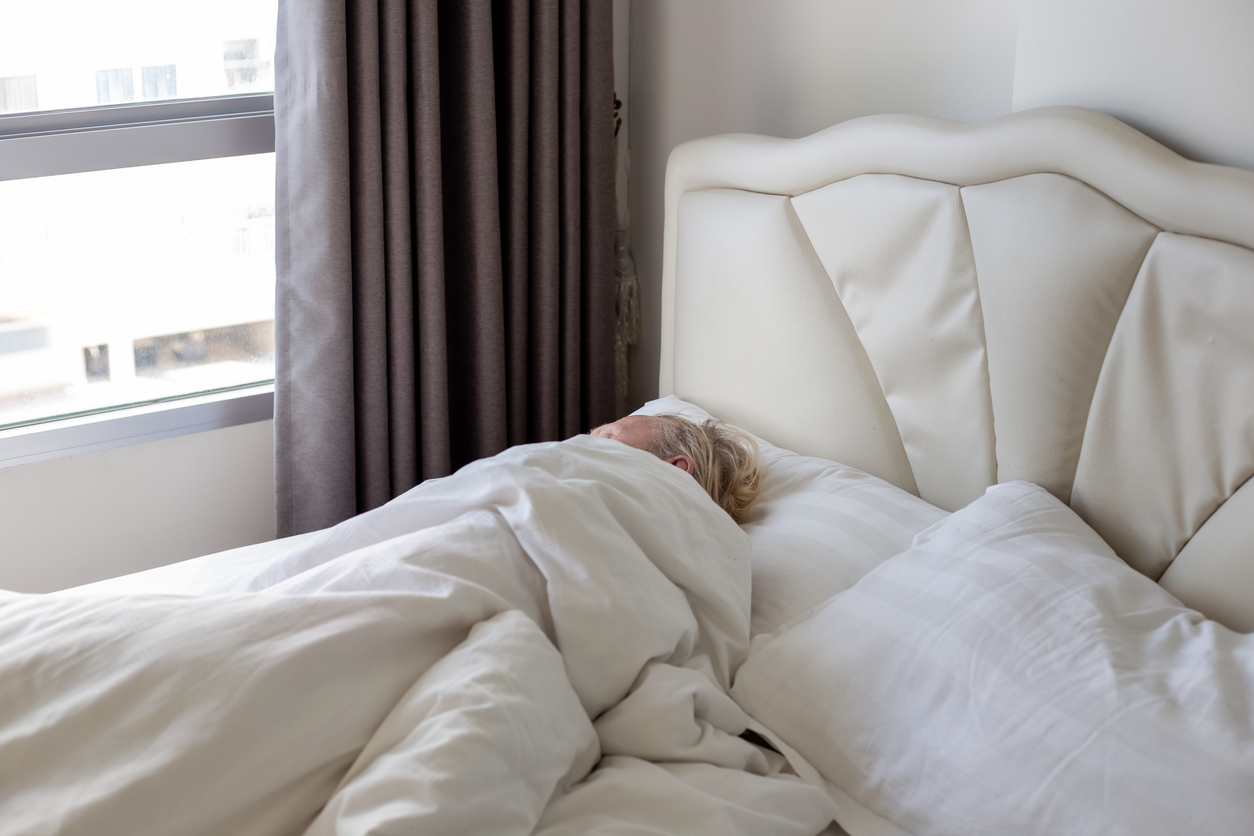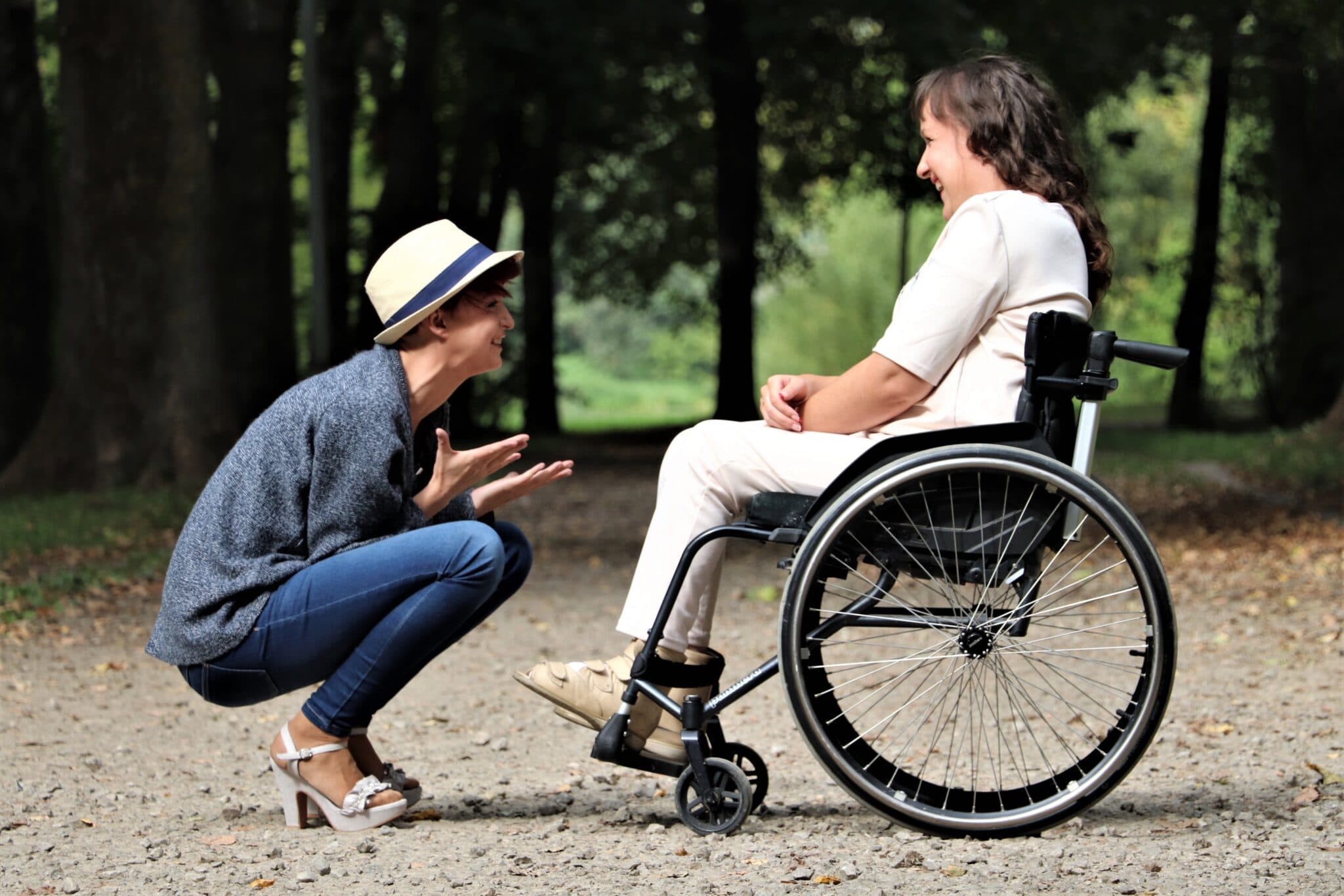Parkinson’s: Treatment & Lifestyle
Social Links
What is Parkinson’s disease, how does it affect people and what steps can you take to improve your quality of life? Dr Rob Hicks reports.
Even if you’re not a healthcare professional, you probably know somebody who has Parkinson’s. Maybe you – or a loved one – have been diagnosed with the disease. After all, about 145,000 people in the UK have Parkinson’s right now.
The first thing to understand is that thanks to advances in treatments and therapies, a Parkinson’s diagnosis today does not have the same implications as it did in the past. In fact, most people with Parkinson’s now have a normal or near-normal life expectancy.
That said, new situations can be stressful, let alone a new diagnosis. Talking helps. So does reading up – using reliable sources – on what Parkinson’s is and how to manage the situation.
What is Parkinson’s?
Parkinson’s is a progressive neurological condition. This means that it causes problems in the brain and can get worse over time. The main symptoms of Parkinson’s are involuntary shaking of particular parts of the body, stiff and inflexible muscles, and slow movement.
Three main treatments help in the management of Parkinson’s:
- Medication to improve the main symptoms;
- Exercise – evidence suggests that exercising for about 2.5 hours per week can help to slow the progression of symptoms;
- Therapies such as physiotherapy, occupational therapy and speech and language therapy.
What impact does Parkinson’s have on posture?
Posture changes in Parkinson’s may include rounded shoulders, decreased low back curve, and forward lean of the whole body or head.
A stooped posture can negatively impact on other aspects of health, increasing neck and back pain, reducing the ability to speak clearly, and increasing the risk of falls.
Strategies to maintain good posture include using a mirror to check your posture regularly throughout the day. Remember to change position frequently. Consider yoga or Tai Chi classes. Parkinson’s UK has produced a useful list of complementary therapy options, the evidence around them, and where to find a qualified practitioner.
What to look for in a chair for someone with Parkinson’s
1. Multiple positions
“Regular changes in position over a 24-hour period are essential for maintaining muscle length and preventing contracture formation in people with profound and progressive neurological disorders,” outlines The College of Occupational Therapists. It continues that consideration should be given to “an adjustable chair that can be modified to meet the person’s needs over many hours, for example with a tilt and recline mechanism, adjustable seat height, built-in lateral support and head rest”. Being made to measure can add to the benefits an adjustable chair brings to the health of those with Parkinson’s disease.
2. A safe space
Daytime sleepiness due to medication is a possible complication for people with Parkinson’s. So having a specialist recliner where you can fall asleep can bring peace of mind for everyone involved.
3. Pressure sore technology
The need to reduce pressure sore risk can be addressed by the incorporation of special seating materials within the chair – such as high pressure gel – and use of the massage function that some models have.
4. Counteract slipping and leaning
For those with Parkinson’s, a common concern is sliding out of a chair. A recliner chair works so that when you recline your back, your feet can elevate too, which makes sliding out much less likely. The challenge of leaning to one side due to rigidity that some people with Parkinson’s encounter can also be helped by a rise and recline chair that has increased lumbar support, or internal cushions that can be adjusted.
5. Helps you stand up
Another issue people with Parkinson’s raise concern about is getting out of a chair, particularly as falling can be a major hazard. As well as helping to recline back in comfort, a rise and recline chair is designed to aid people in standing up too.
If you’re looking for more information about choosing a chair for yourself or someone you know with Parkinson’s, you can review the main features to look for in an adjustable chair for someone with limited mobility.
What to look for in a bed for someone with Parkinson’s
Despite daytime sleepiness being a problem for some, night-time sleep disturbance is also a common problem for people with Parkinson’s. There are a number of ways an adjustable bed might help someone with Parkinson’s achieve a better night’s sleep.
If simply getting comfortable is the root of the problem, the multiple positions that an adjustable bed can achieve may be helpful. Raising the upper body may make it easier to take medication and get out of bed. Elevating the legs offers many health benefits, such as reducing fluid retention that can often affect those with Parkinson’s. And the position of the bed can be changed simply and easily with just the touch of a button.
The impact that a Parkinson’s diagnosis can have is often profound, but research has led to vastly improved treatments so that today, the quality of life for people affected by Parkinson’s can be much better. The new generation of furniture that can help is better than ever before too. So, combined with clearer information and support for those with Parkinson’s and their families, the future looks much more promising.
Further information
For more information about rise and recline chairs, adjustable beds and homecare beds download the brochure from The Mobility Furniture Company or tel 0808 265 1372 for further information.
*This website contains general medical information. The medical information is not advice and should not be treated as such. Read our full Medical Disclaimer here.



